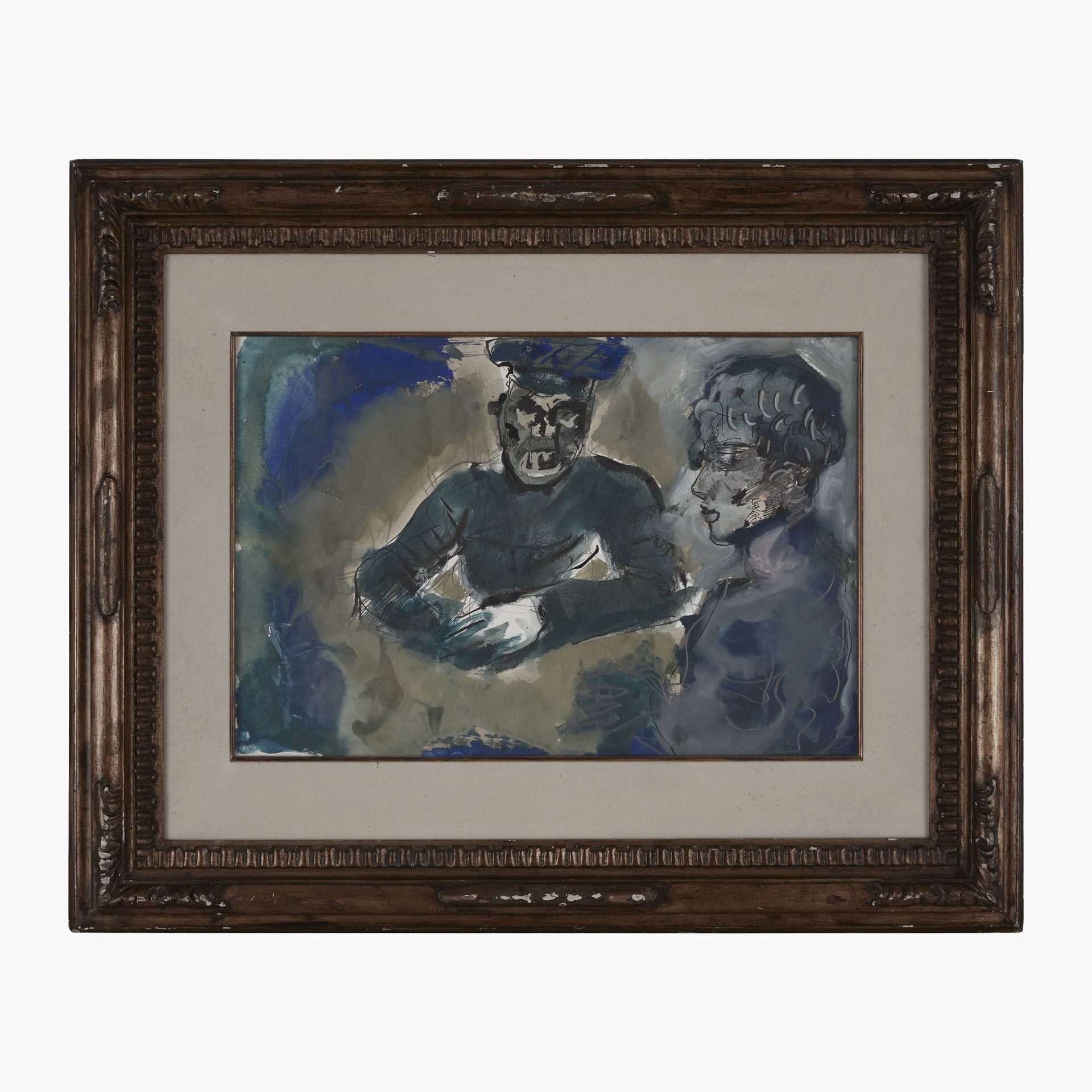Descrizione
Mario Sironi, L'incontro abaut 1950 Tempera, ink and pencil traces on cardboard (on canvas) H36.1 x L52.5 cm (H14.21 x L20.67 in ), Provenienza Private collection, Monza Esposizione "Mario Sironi 1885-1961", touring retrospective exhibition on the 50th anniversary of his death, Padiglione Cultura-Expo Arte Bari, Bari, 18 - 20 May 2012 Letteratura F. Bellonzi, "Sironi", Ed. Electa, Milan, 1985, p. 159, n. 166. Exhibition catalogue "Mario Sironi 1885-1961" curated by Andrea Sironi Straußwald, Claudio Spadoni, Estemio Serri, Ed. Cinquantasei, 2012, p.12 Certificato The work is accompanied by a declaration of authenticity issued by Andrea Sironi Straußwald, Associazione per il patrocinio e la promozione della figura e dell'opera di Mario Sironi, Milan on 23 October 2012. Archive No. 125/12RA
69
Mario Sironi, L'incontro abaut 1950 Tempera, ink and pencil traces on cardboard (on canvas) H36.1 x L52.5 cm (H14.21 x L20.67 in ), Provenienza Private collection, Monza Esposizione "Mario Sironi 1885-1961", touring retrospective exhibition on the 50th anniversary of his death, Padiglione Cultura-Expo Arte Bari, Bari, 18 - 20 May 2012 Letteratura F. Bellonzi, "Sironi", Ed. Electa, Milan, 1985, p. 159, n. 166. Exhibition catalogue "Mario Sironi 1885-1961" curated by Andrea Sironi Straußwald, Claudio Spadoni, Estemio Serri, Ed. Cinquantasei, 2012, p.12 Certificato The work is accompanied by a declaration of authenticity issued by Andrea Sironi Straußwald, Associazione per il patrocinio e la promozione della figura e dell'opera di Mario Sironi, Milan on 23 October 2012. Archive No. 125/12RA
Forse ti piacerebbe anche
